Since interviewing James Godfrey-Faussett on the Green Urbanist Podcast about tiny urban forests back in 2021, I have been looking for an opportunity to get involved in planting one. The ‘Miyawaki Method’ of afforestation, named after the Japanese botanist who invented the technique, throws out the rule book for urban tree planting. Rather than planting saplings in plastic tubes spaced generously apart in a line (typical of British parks), the Miyawaki Method invites us to mimic the messiness of a natural forest.
‘Whips’ (very young trees) are planted just 30cm apart in a random fashion. Importantly, these tiny forests are never comprised of a single tree species. They will generally contain a variety of native tree species - species that have been around since the last Ice Age. This chaotic assemblage of plants are then mulched heavily with organic material like leaf litter to keep moisture in, weeds down and soil protected.
The idea is to kickstart a forest ecosystem, then step away and let nature do its thing. It’s a Green Urbanist’s dream: high impact, low maintenance urban greening.
(Learn more about this topic here: #17: James Godfrey-Faussett - Growing Urban Forests with the Miyawaki Method)
On a gloomy October morning I finally got my chance to contribute to a tiny forest. Earth Watch were planting their 150th tiny forest in the UK. So I hopped on the train to north London with my gardening gloves, not really knowing what to expect.
I arrived at the planting site, a corner of White Hart Recreation Ground, early so the Earth Watch team put me to work tagging whips with ID numbers. We tagged 100 trees so in years to come local volunteers can measure the tree’s survival and growth and log it in a spreadsheet. This will tell the team about the health of the forest and allow them to estimate how much carbon dioxide the trees are absorbing.
For this forest, at least 8 different tree species were selected (I lost count), including oak, holly, lime, beech and rose. To qualify, species need to be native and proven to thrive in the local area.
By 10am, around 60 volunteers from the local area and across London had shown up. After a short demonstration (dig a hole, stick the tree in, cover over) we each took a shovel and got to work planting. By 11am we had planted 300 trees. Another 30 minutes and we had mulched the site heavily. That’s how you plant an urban forest in 1 hour and have a lot of fun in the process! Many hands make light work.
In the afternoon, another batch of volunteers arrived to plant the other 300. Yes, we planted 600 trees in total, in an area the size of a tennis court.
This sort of planting density raises the hackles of hardened council tree officers and landscapers. In 2021, in my naive excitement for the idea, I contacted my local council to see if we could identify some local sites for tiny forests. They responded with a long and well-considered bullet-point list explaining why tiny forests are a terrible idea and they would never plant one. Yet, organisations like Earth Watch and SUGi are pioneering the method in the UK, showing how effective they can be for biodiversity, mitigating air pollution and bringing communities together.
So, does it work? James Godfrey-Faussett recently made a Linkedin post comparing a Miyawaki Method plot to standard planting method. See below:
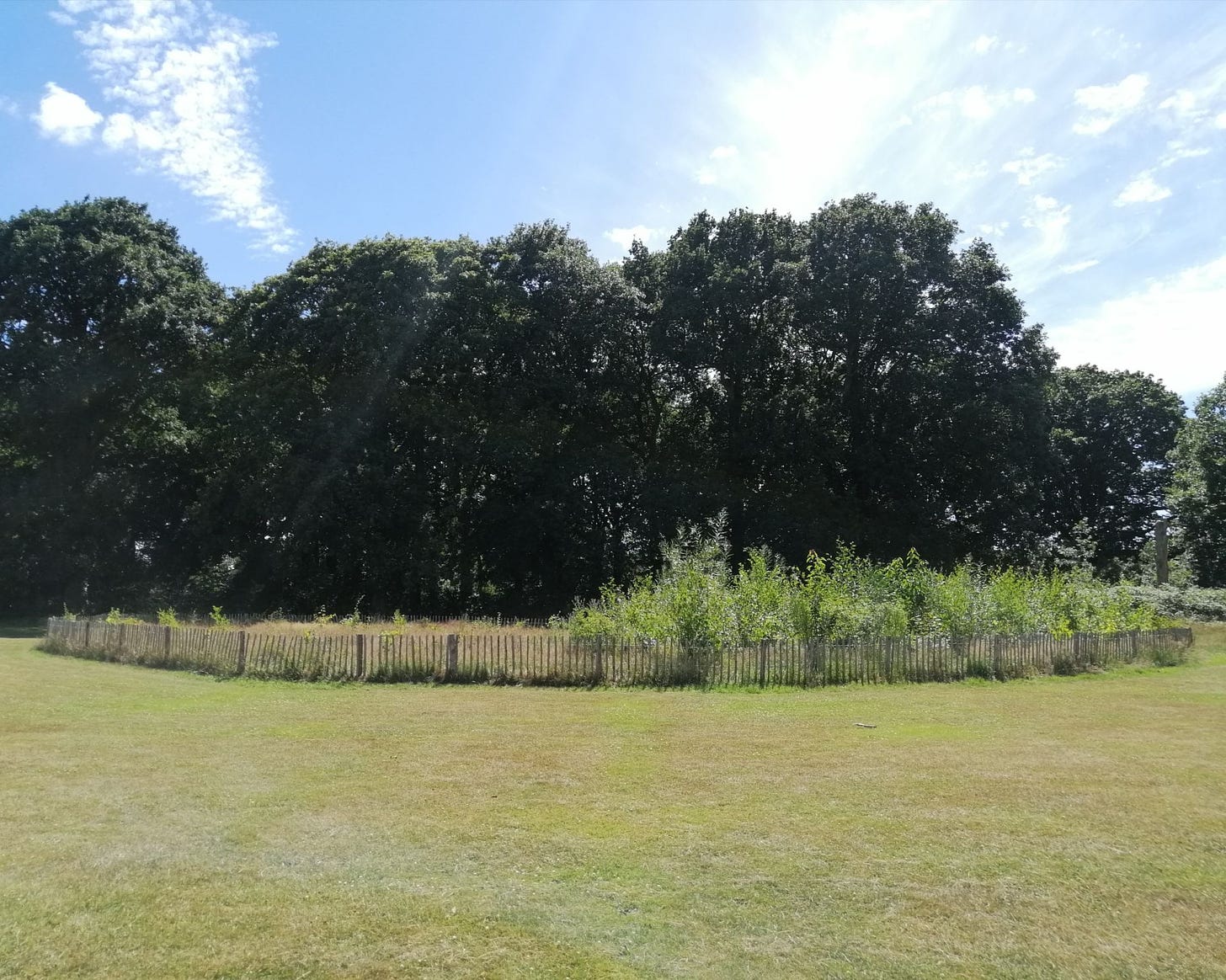
Although well established in Japan, the Miyawaki Method is relatively new to the English-speaking world and there is virtually zero academic literature on the technique. Akira Miyawaki’s original ‘how to’ guide is still the bible on the technique. Further information about the method largely exists in blogs, a few recent books (‘Mini-Forest Revolution’ by Hanna Lewis looks promising), and the brains of Miyawaki evangelists like James. Let’s hope that as more of these brilliant little ecosystems pop up (Earth Watch have planted 150 in just the last two years) we will see more investigation, experimentation and acceptance.
Our newly planted tiny forest in north London doesn’t look very impressive yet. But it should soon explode with growth. For inspiration, below is an example of what a tiny forest can look like after a few years of growth.
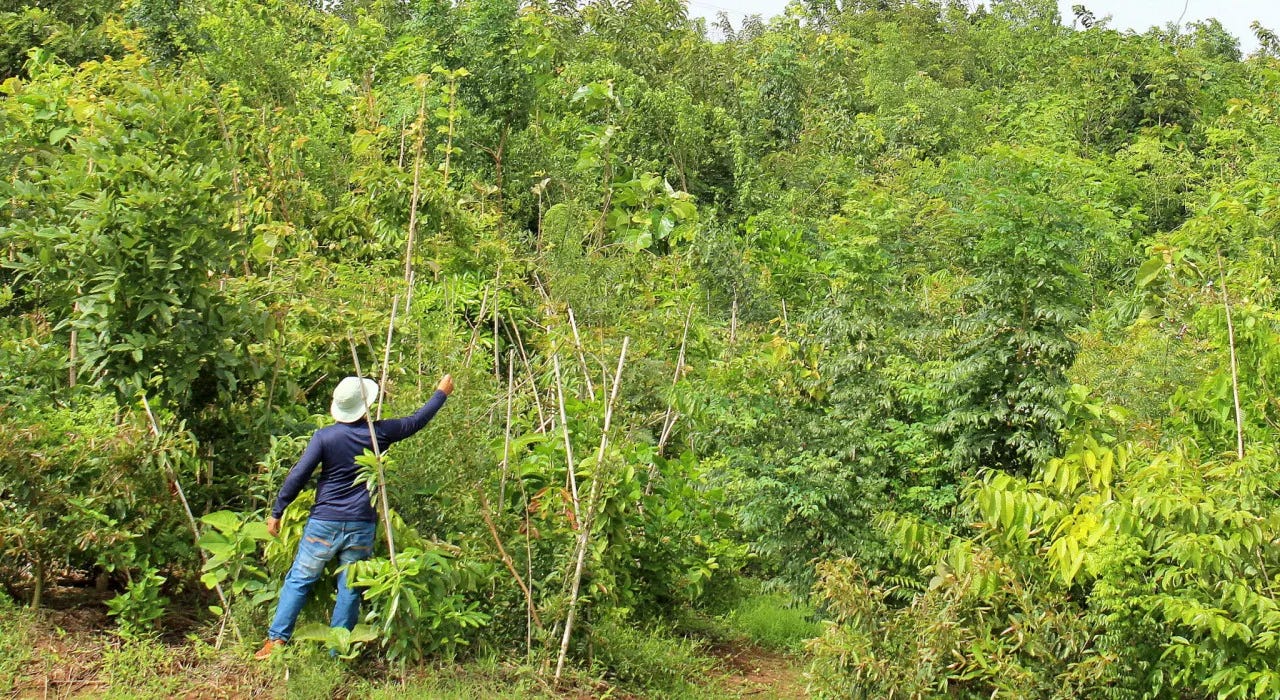
Did you enjoy this article? Any thoughts on this method of planting? Leave a comment to let me know or share this article with a friend.




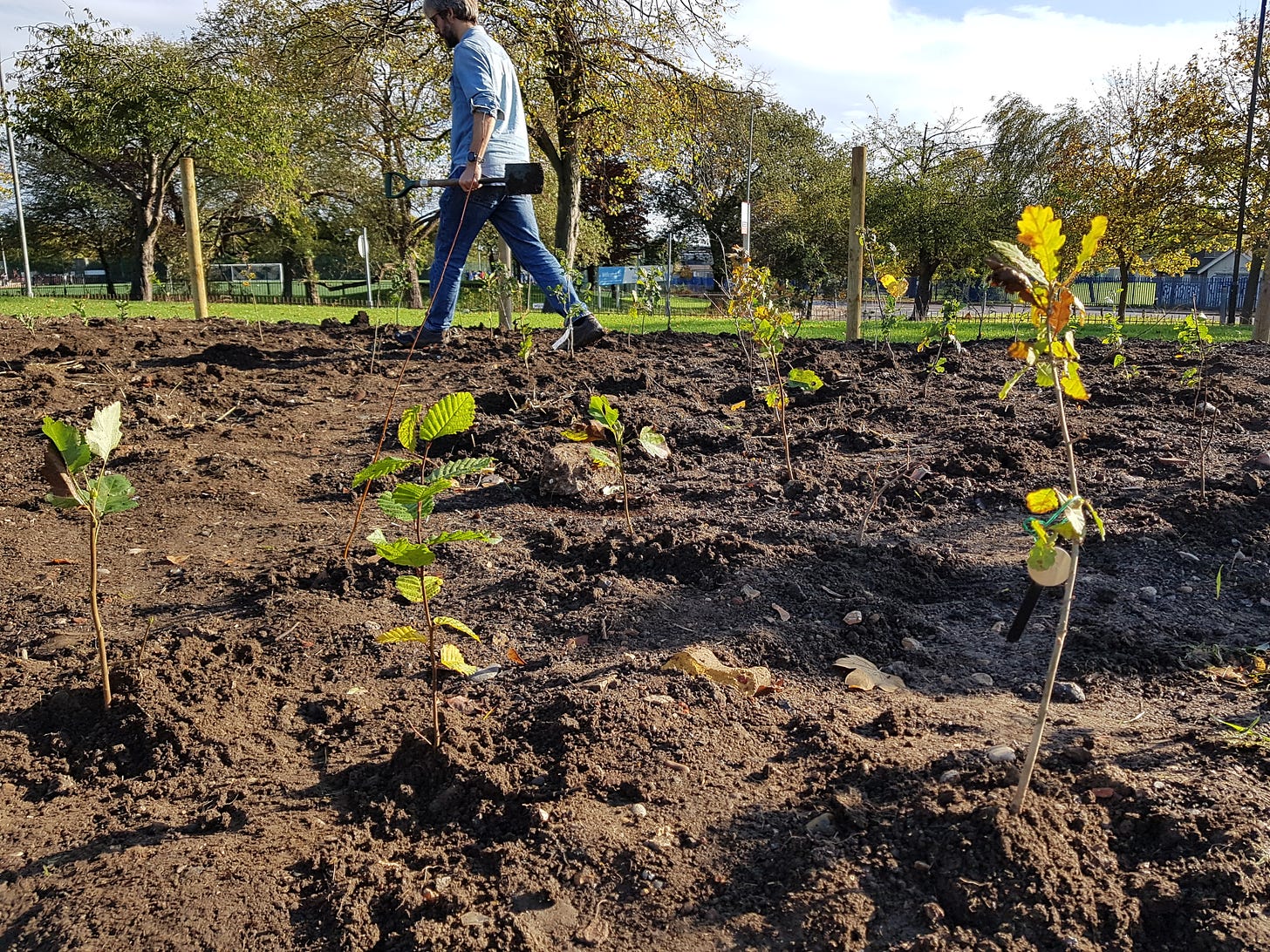
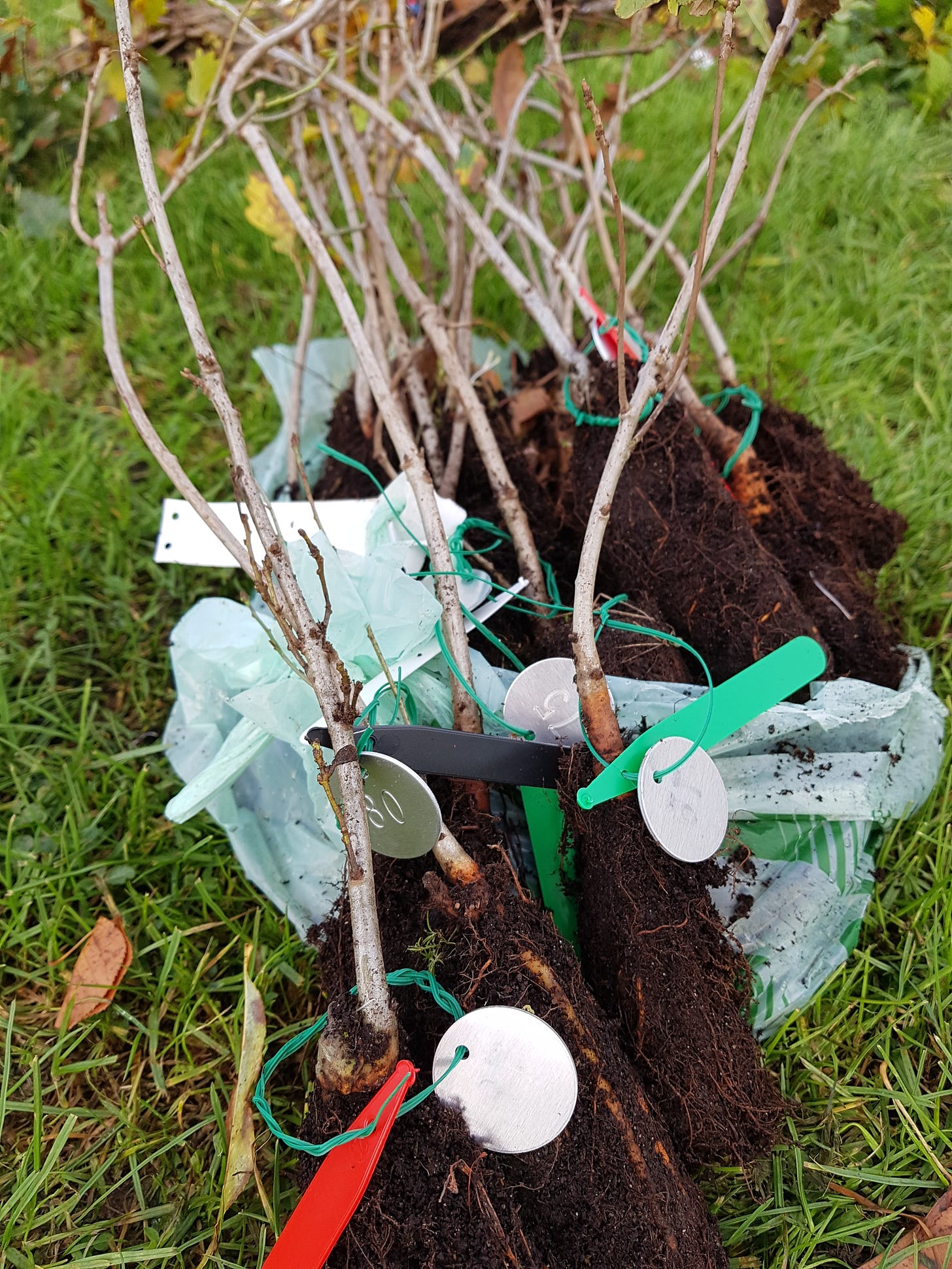
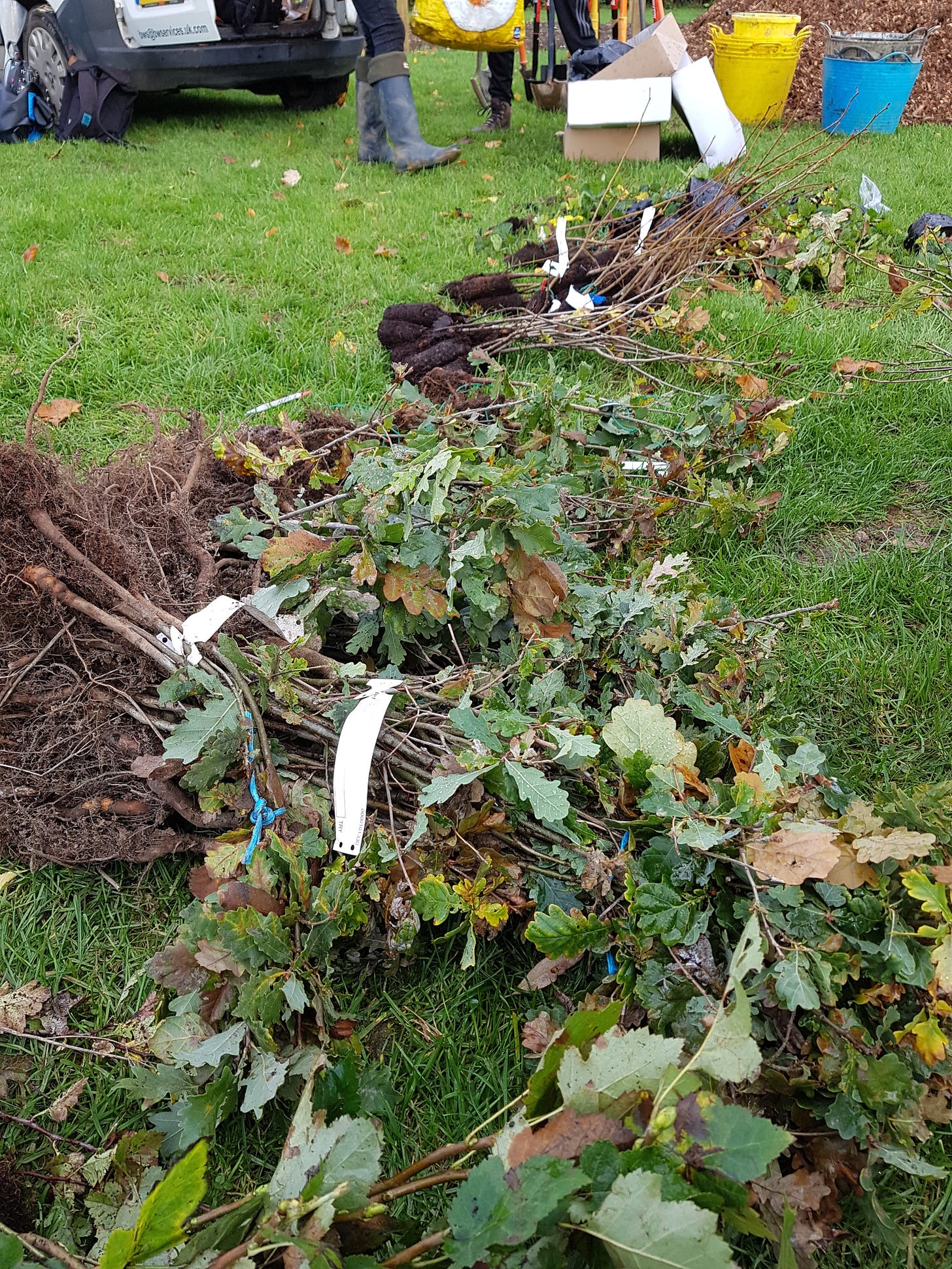
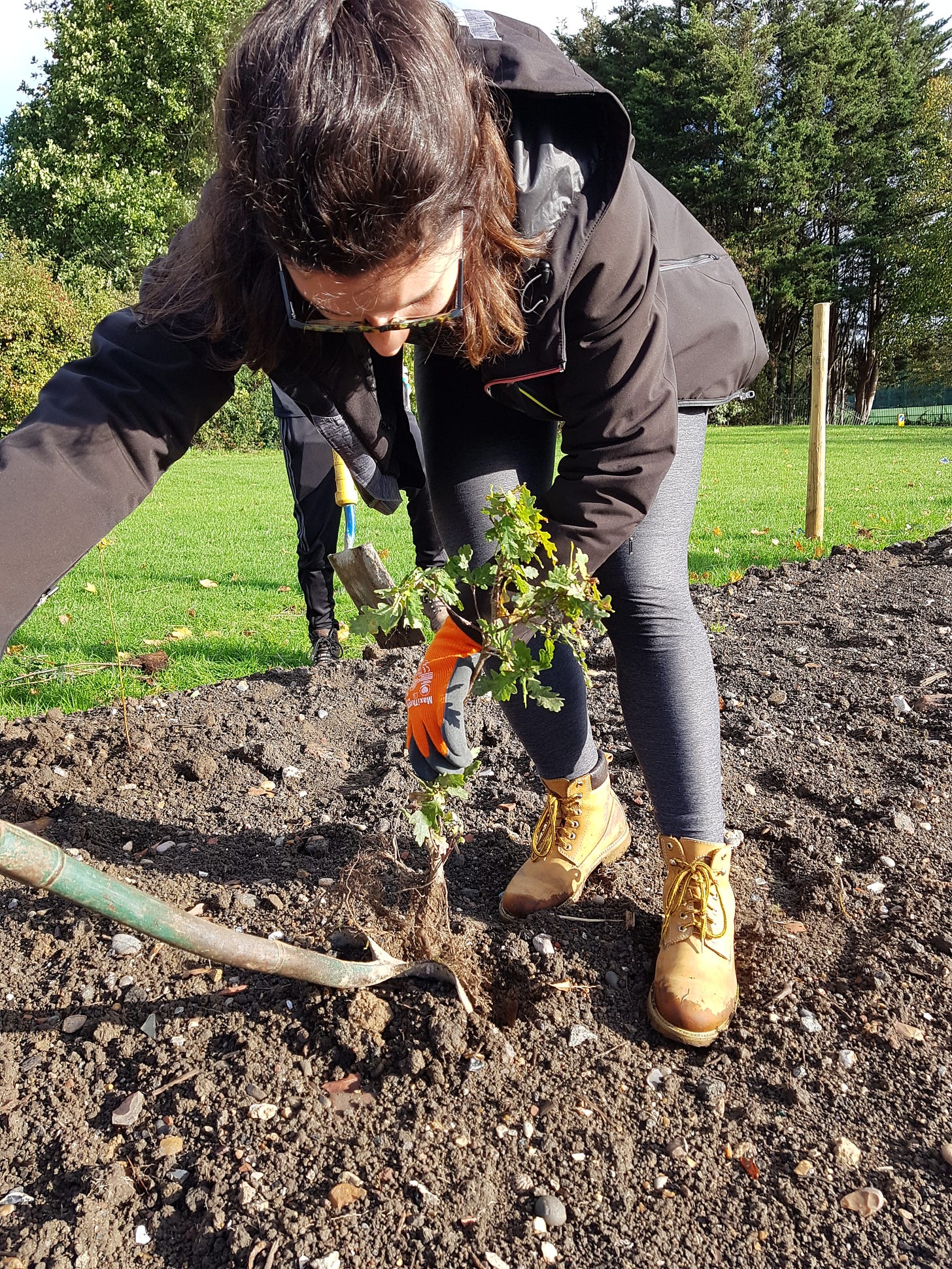
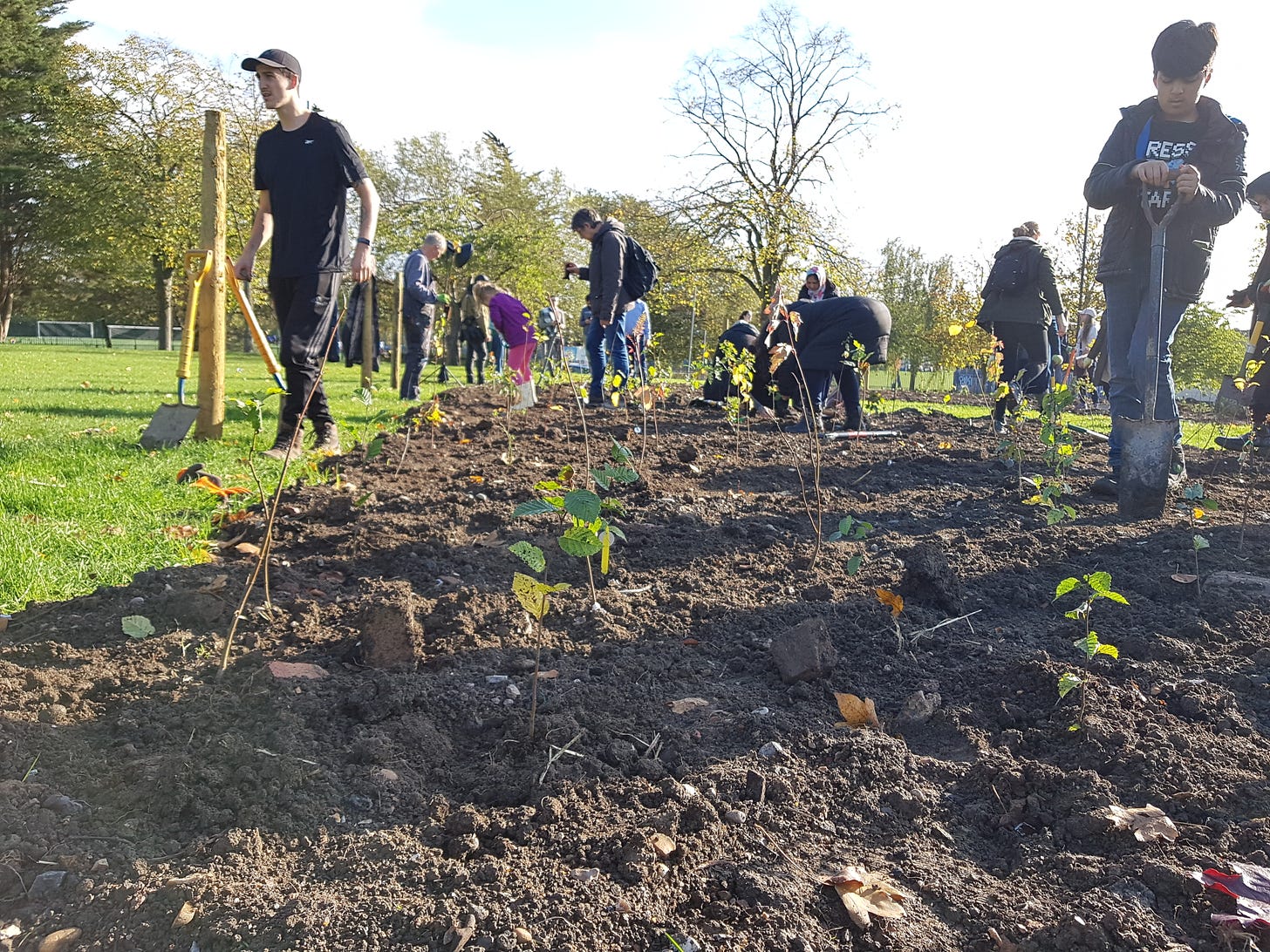
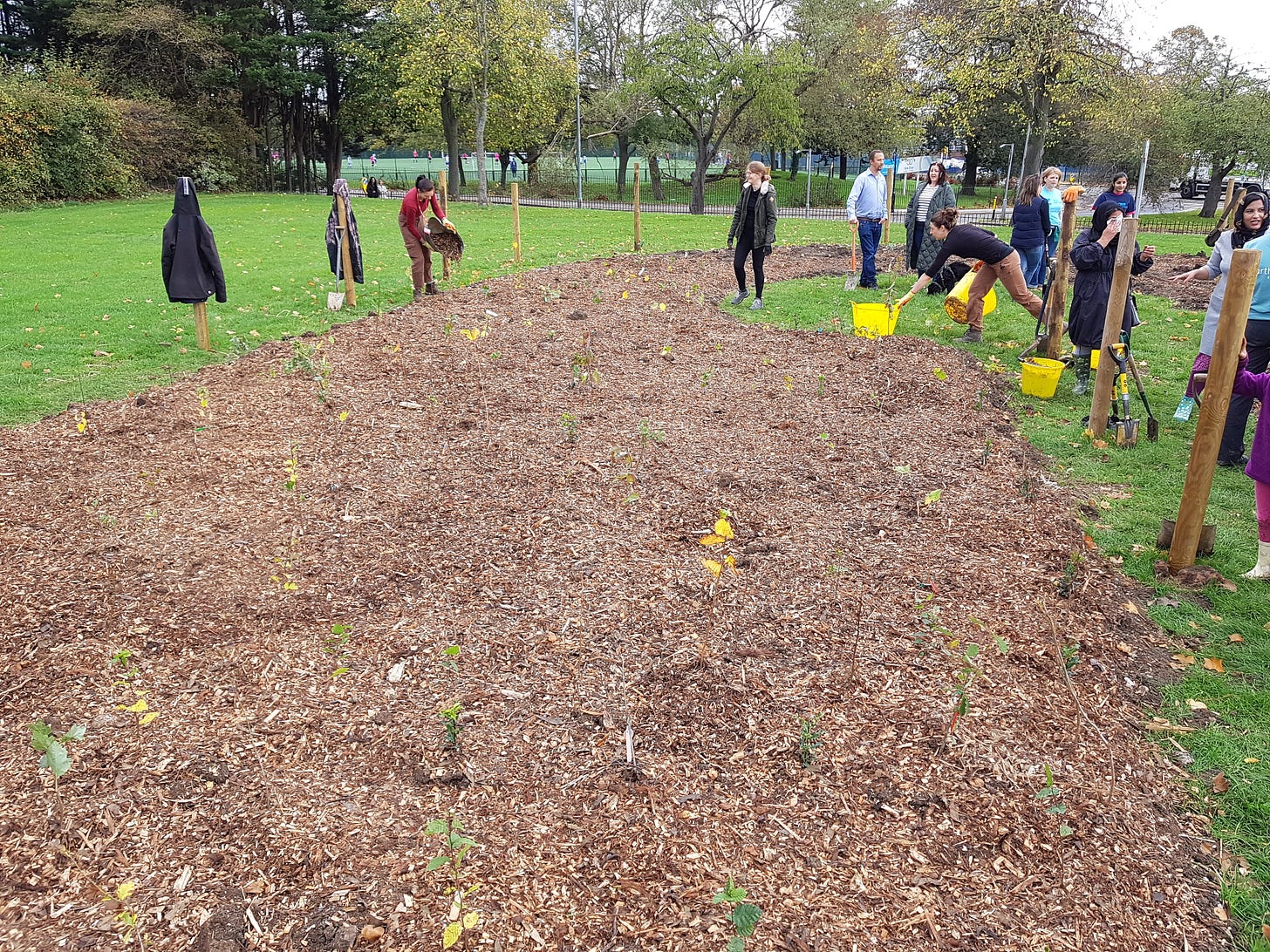
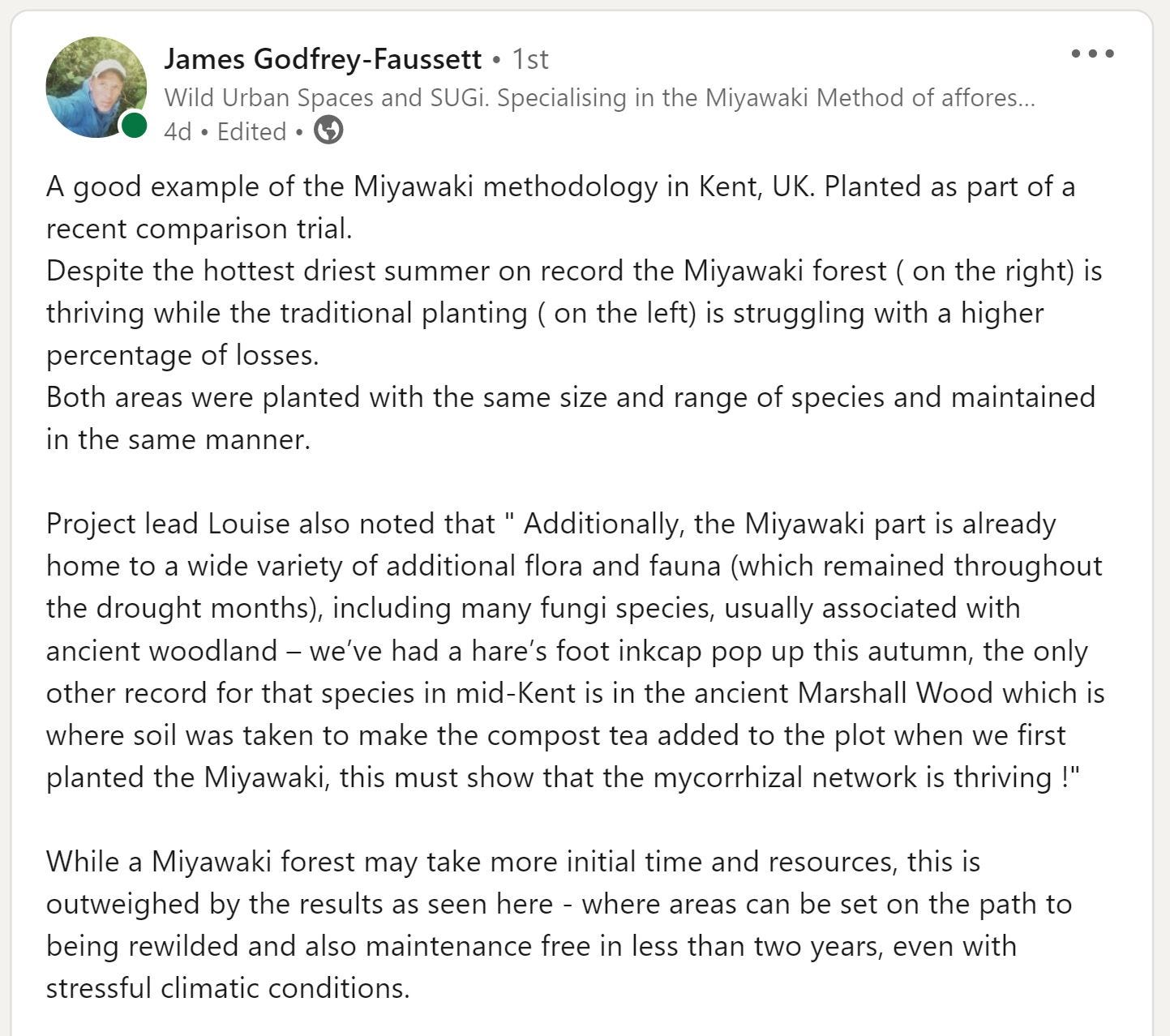
Love this idea! The comparison photo is incredible. I have a small strip of land beside my drive, I may try it there. Have already rewilded one area of my garden, and love it. It looked very messy for a while but is really coming into its own now. It was traditionally planted though, which is not what I asked for. I'll do it myself next time. I didn't have the confidence then, or the time. Thank you for your interesting articles. I have shared it. 💕